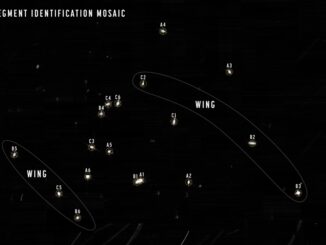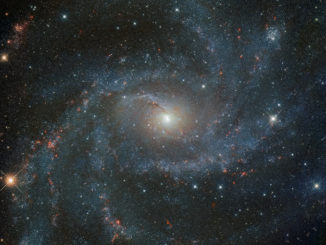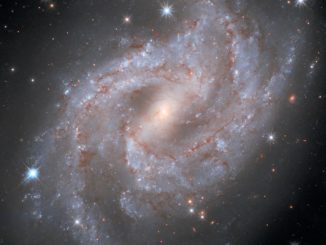Spiral galaxy M83, known as the “Southern Pinwheel,” is a favourite target for amateur astronomers, a sprawling swarm of stars 15 million light years away in the constellation Hydra. The Hubble Space Telescope reveals a galaxy “ablaze” with star formation, capturing thousands of star clusters, hundreds of thousands of individual stars and numerous supernova remnants in a colourful tapestry stretching across 50,000 light years.
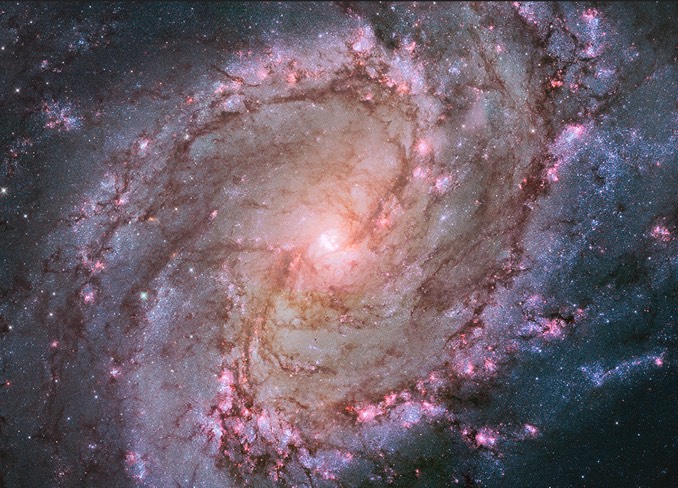
Acknowledgement: W. Blair (STScI/Johns Hopkins University) and R. O’Connell (University of Virginia)
Hubble’s Advanced Camera for Surveys, sensitive to a broad range of wavelengths from the ultraviolet to the near-infrared, provides an especially dramatic closeup in the image below, taken in 2009.
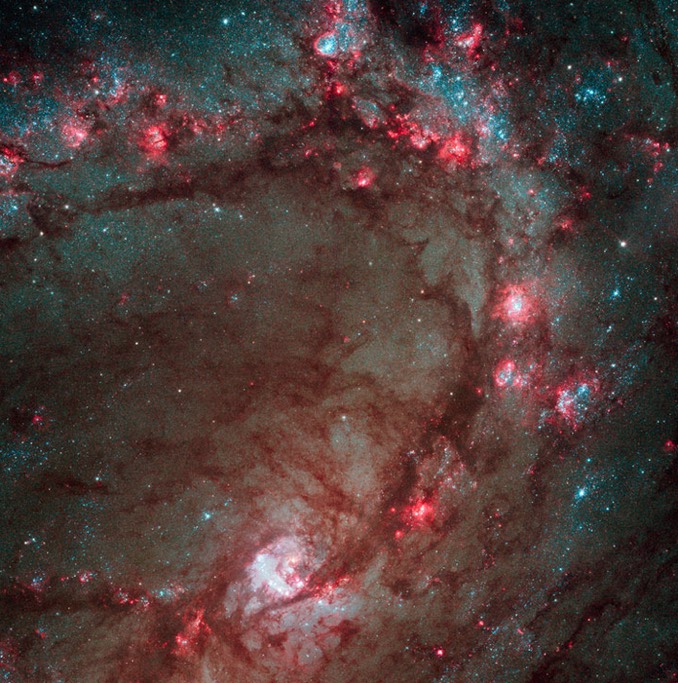
Acknowledgment: R. O’Connell (University of Virginia) and the Wide Field Camera 3 Science Oversight Committee
“The image reveals in unprecedented detail the current rapid rate of star birth in this famous “grand design” spiral galaxy,” according to NASA’s caption. “The newest generations of stars are forming largely in clusters on the edges of the dark dust lanes, the backbone of the spiral arms. These fledgling stars, only a few million years old, are bursting out of their dusty cocoons and producing bubbles of reddish glowing hydrogen gas.
“The excavated regions give a colourful ‘Swiss cheese’ appearance to the spiral arm. Gradually, the young stars’ fierce winds (streams of charged particles) blow away the gas, revealing bright blue star clusters. These stars are about 1 million to 10 million years old. The older populations of stars are not as blue.
“A bar of stars, gas, and dust slicing across the core of the galaxy may be instigating most of the star birth in the galaxy’s core. The bar funnels material to the galaxy’s center, where the most active star formation is taking place. The brightest star clusters reside along an arc near the core.
“The remains of about 60 supernova blasts, the deaths of massive stars, can be seen in the image, five times more than known previously in this region. WFC3 identified the remnants of exploded stars. By studying these remnants, astronomers can better understand the nature of the progenitor stars, which are responsible for the creation and dispersal of most of the galaxy’s heavy elements.”

